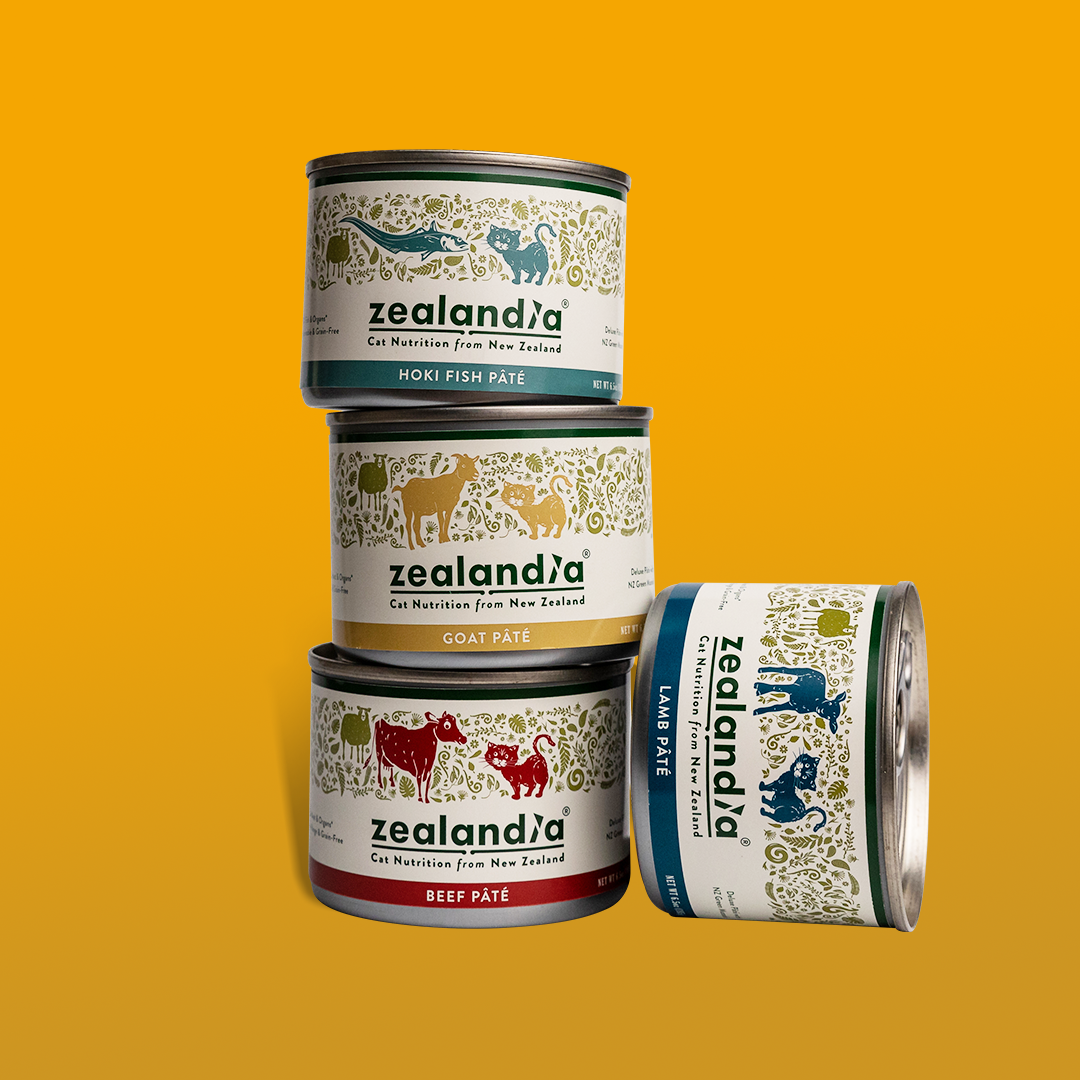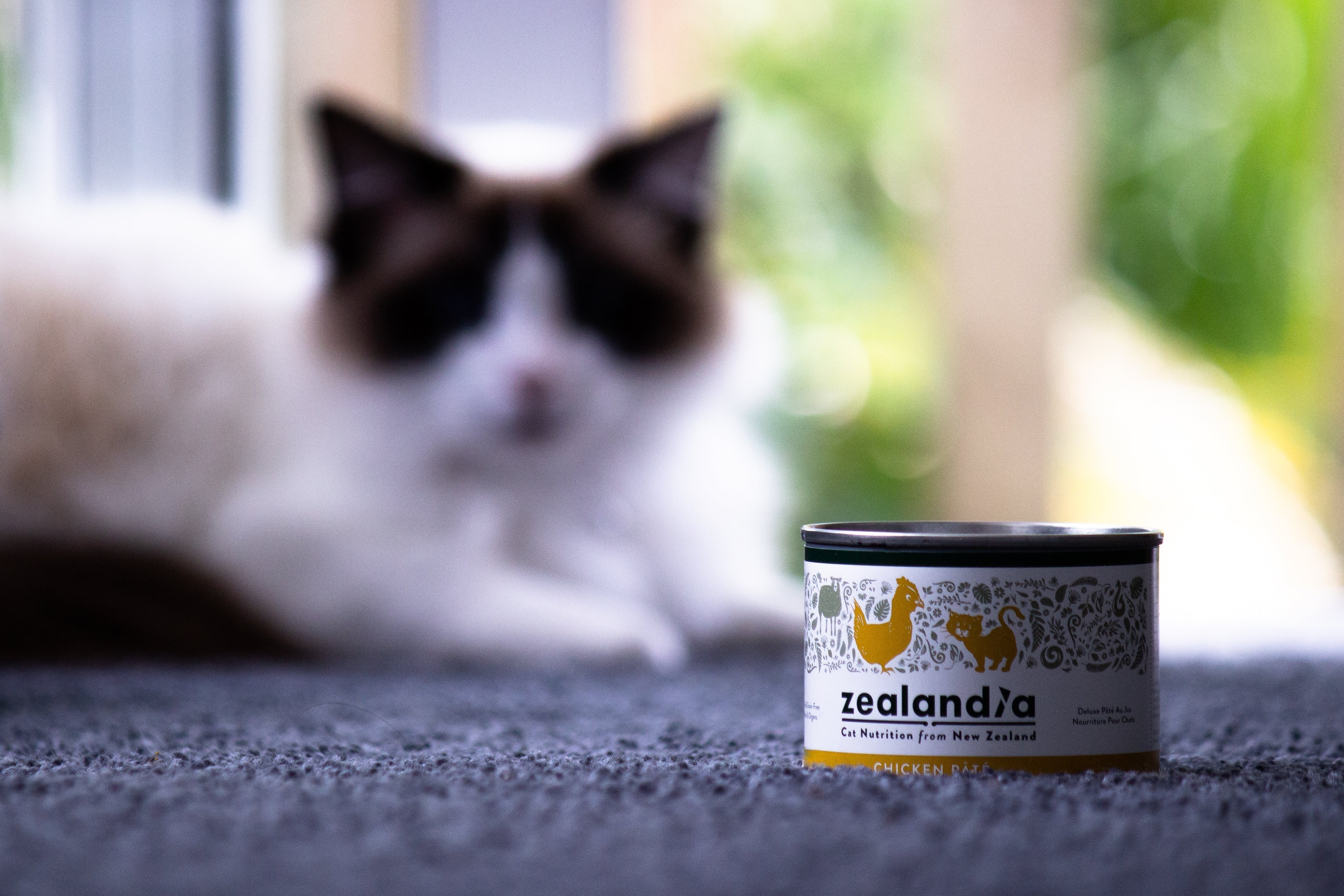New Zealand Wallabies: An Unexpected Inhabitant of Aotearoa

Written by Andrew Burch, Director - Zealandia Ltd.
New Zealand, renowned for its unique biodiversity and rich native wildlife, is also home to an unexpected mammal: the wallaby. Originally native to Australia, these marsupials have established populations in various parts of New Zealand, raising ecological, agricultural, and conservation concerns. This article delves into the history, impact, and management of wallabies in New Zealand.
History and Introduction
The introduction of wallabies to New Zealand dates back to the late 19th and early 20th centuries when they were brought over for private collections and hunting purposes. Several species were introduced, including the Dama (or Tammar) wallaby (Macropus eugenii), the Parma wallaby (Macropus parma), and the Bennett's wallaby (Macropus rufogriseus).
Early Introductions
- Dama Wallaby: Introduced to Kawau Island by Governor George Grey in the 1870s.
- Parma Wallaby: Established populations on Kawau Island after being released alongside Dama wallabies.
- Bennett's Wallaby: Released in South Canterbury around 1874. Often called the Red-Necked Wallaby. This is the larger of the three species standing 80cm tall with a head and body length of 65cm and tail length of 62cm. Males can reach 20kg+ in weight with females reaching 14 kg. They have a greyish-brown upper body with pale grey on the chest and belly, reddish-brown colour on the shoulders with black-tipped hind feet and tail.
These initial introductions led to the establishment of feral populations, which have since expanded due to the absence of natural predators and favourable environmental conditions.
Current Distribution and Populations
Wallabies are now found in several regions across New Zealand. The largest populations are in the Bay of Plenty, Rotorua Lakes, and Canterbury. They are most commonly found in forested areas, scrublands, and grasslands, where they can feed on a variety of vegetation.
Key Populations
- Bay of Plenty: Predominantly Dama wallabies, which have spread significantly since their initial introduction.
- Kawau Island: Continues to support both Dama and Parma wallabies.
- South Canterbury: Home to the largest population of Bennett's wallabies. The size of the area hunted is totally dependent on animal abundance, weather, terrain and accessibility. This is where Zealandia source their wallaby.
Ecological and Agricultural Impact
Wallabies pose significant ecological and agricultural challenges in New Zealand. Their feeding habits lead to overgrazing, which can result in the degradation of native bush and forest undergrowth. This not only affects plant diversity but also impacts native fauna that rely on these habitats.
Ecological Impact
- Vegetation Damage: Wallabies consume a wide range of plants, including native species, which leads to reduced regeneration of forests and shrublands.
- Soil Erosion: Overgrazing by wallabies can lead to soil erosion, particularly on slopes and in forested areas.
- Competition: They compete with native species such as birds and insects for food and habitat.
Agricultural Impact
- Crop Damage: Wallabies are known to damage crops, particularly in areas adjacent to forested regions.
- Pasture Competition: They compete with livestock for pasture, reducing the availability of feed for farm animals.
- Fencing Costs: Farmers incur additional costs to erect and maintain fencing to keep wallabies out of productive land.
Management and Control
Efforts to manage wallaby populations in New Zealand are multifaceted, involving government agencies, local councils, and landowners. Strategies include monitoring, culling, and habitat management to mitigate their impact on agriculture and native ecosystems.
Control Methods
- Fencing: Installing wallaby-proof fencing around vulnerable areas to protect crops and pastures.
- Habitat Management: Removing food sources and modifying habitats to make them less favourable for wallabies.
- Culling: Organised hunts and professional pest control operations are conducted to reduce wallaby numbers.
The wallabies are typically shot during the hours of darkness on farms around South Canterbury. They tend to congregate around the scrub or farmland edges, these are normally detected using thermal imaging, shot humanely, and recovered using side by side vehicles. They are then transported to a chiller / freezer where they are stored until delivered to the primary producer. Almost always done with just one person as its unviable with more. A good night a hunter would recover around 40 carcasses, these when gutted average around 8kg each, a bad night a hunter may just get a handful. We receive from hunters chilled or frozen, skin on, organs in and paunched (stomach and intestines removed). We chill or freeze, ensure the hunter is current and approved, check associated paperwork, cut legs and head off, inspect, skin, cut into pieces, pack and freeze. We then load out and generate the ED (export electronic document). We know our animals are pest-free as the properties' landowners we hunt, have provided the hunter with a landowner statement that has the toxin use information declared. This is tightly regulated by MPI’s Poison Use Statement that all hunters need to be approved for supply, completed an exam and supply all documentation prior to the processor accepting animals.
Research and Monitoring
Ongoing research and monitoring are crucial for effective wallaby management. Studies focus on population dynamics, ecological impact, and the effectiveness of control methods. Technologies such as GPS tracking and remote sensing are employed to gather data and monitor populations.
Conclusion
The presence of wallabies in New Zealand is a testament to the unintended consequences of human actions on ecosystems. While these marsupials add an interesting facet to New Zealand's wildlife, their impact on native biodiversity and agriculture necessitates active management and control. By understanding their behaviour, distribution, and impact, New Zealand can continue to develop more effective strategies to mitigate the challenges posed by these non-native inhabitants.



